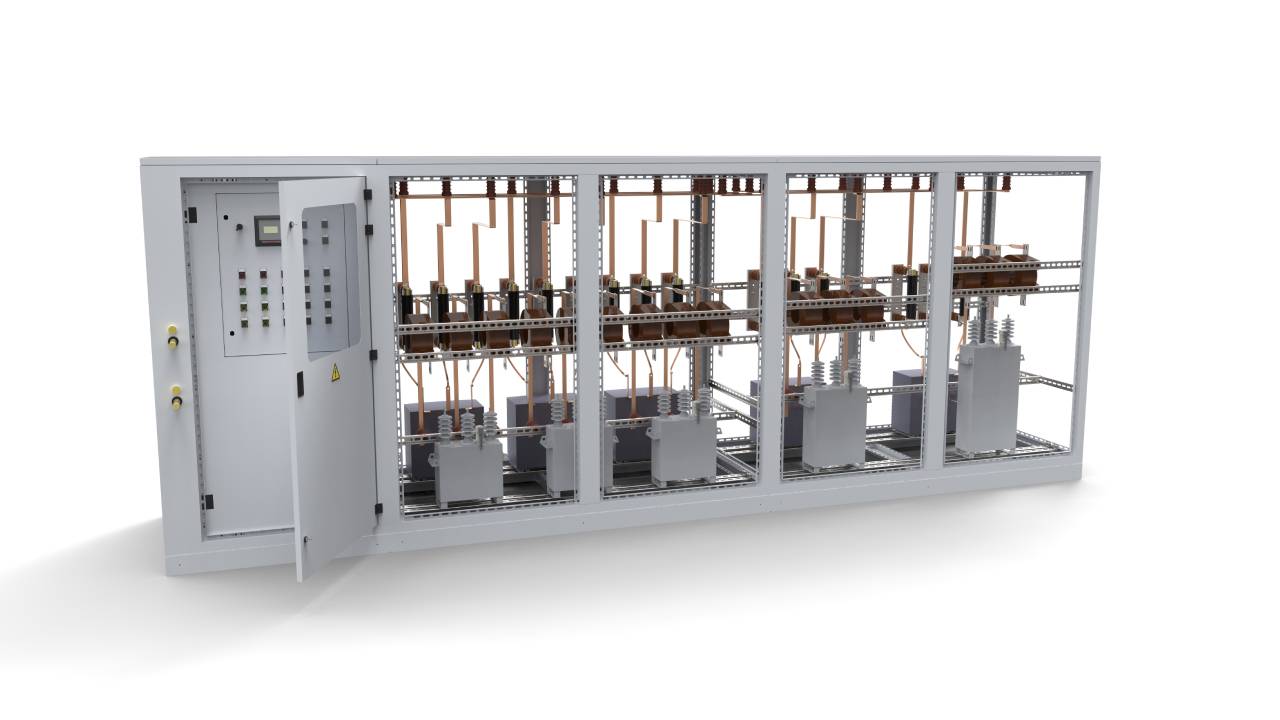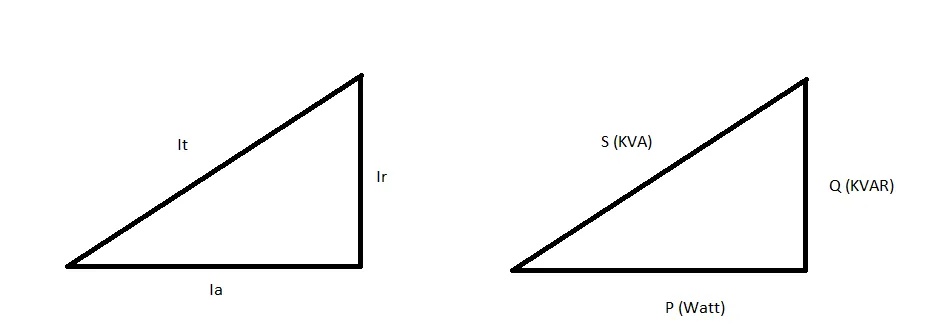
Before we dive into power factor correction, it’s better to know the meaning of power factor. We have learned before the concept of the power triangle which makes us easily understand the pf correction letter. The power factor is the ratio of active power (KW) to apparent power (VA). So technically pf has ranged from 0 to 1.
Why pf is important? well, we can see pf as the efficiency of the system. the lower power factor the lower efficiency of the system. The lower efficiency the higher cost needed. let’s use an analogy to understand the power factor much more easily. This picture below shows us how the power factors related to the real world

the picture shows us a horse pulling a railroad car down a railroad track. the horse is pulling the car at an angle to the direction of the car’s travel. the real power is the power to move the car down the track. the apparent power is the effort of the horse. due to the angle of the horse’s pull, not all the horse’s efforts are used to move the car down the track, there is an amount of effort wasted. and that wasted amount is the reactive power.
In order to maintain the power factor close to unity, power companies install banks of capacitors throughout the network as needed. They also impose an additional charge on industrial consumers who operate at low power factors. Since industrial loads are inductive and have low lagging power factors. it is beneficial to install a capacitor bank to improve the power factor.
Why do power companies impose an additional charge on customers with low Power Factor?
technically when you have a low power factor maybe cause motor or some inductive loads you will drain more current from the system, that current is reactive current which is used by an inductive load to create a flux, and that current will make the component overheat because the current exceeds the nominal rating of the devices such as transformation and transmission line so using the additional charge from the customers the utilities hope that charge can compensate the overcurrent that you make.

take a look at the picture above, these triangles are basically the same. when you have a low power factor automatically you have big reactive power (KVAR). we see that Q is equal to the Ir (Reactive current). the higher Q you have the higher Ir will be. therefore to reduce the current (make the Q lower) you can install a capacitor bank alongside the load.
How does Cap Bank improve the power factor?
capacitor installed to the circuit when the circuit inductive which makes the pf lower. so a capacitive load can improve the pf since capacitive has an opposite vector to the inductive load.

the idea is to install a cap bank with a certain amount of Q so that the total q will be compensated to the certain value of Q that we want. So here’s the equation:



